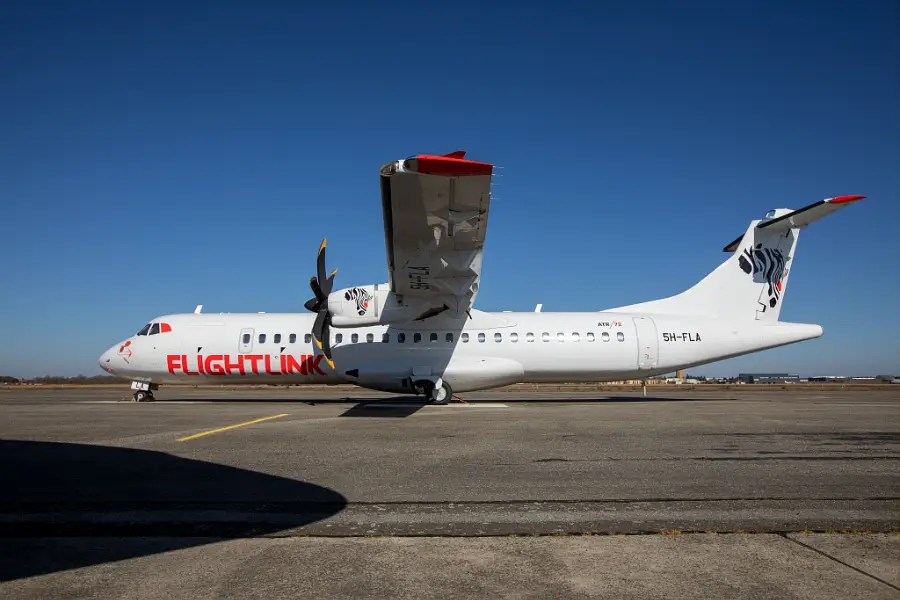Emirates has introduced the year-round availability of its ‘My Emirates Pass,’ an initiative that provides travelers with exclusive discounts across Dubai’s key attractions, dining venues, and leisure activities. This new offering, designed to boost the tourism sector, gives passengers flying with Emirates the opportunity to explore Dubai’s vibrant cityscape while benefiting from various special offers. With its focus on enhancing the overall visitor experience, the ‘My Emirates Pass’ is a key part of Emirates’ strategy to make Dubai an even more attractive destination for global travelers.
Program Overview and Benefits
The ‘My Emirates Pass’ is available to all Emirates passengers traveling to, from, or through Dubai. Passengers can access a range of benefits simply by presenting their boarding pass along with a valid ID at participating venues across the city. These benefits include:
- Dining Offers: Passengers can enjoy special discounts at a variety of restaurants, ranging from local culinary delights to international cuisine, offering travelers an authentic taste of Dubai.
- Shopping Deals: The pass provides exclusive offers at numerous retail outlets, making it easier to shop for local products, luxury goods, and souvenirs.
- Leisure Attractions: Visitors can access discounted rates at some of Dubai’s most popular attractions, such as theme parks, desert safaris, museums, and cultural sites, all while exploring the city’s rich history and modern developments.
- Spa Treatments: Travelers can enjoy special offers at top luxury spas across Dubai, providing an opportunity to relax and unwind in a world-class environment.
To make use of these offers, passengers can simply present their mobile or physical boarding pass at the participating venues. Travelers who check in online should ensure to screenshot their mobile boarding pass as it may no longer be accessible after landing.
Dubai Summer Surprises: A Seasonal Highlight
In addition to the year-round benefits, Emirates has introduced seasonal offers, such as those available during the ‘Dubai Summer Surprises’ event, which will run from June 27 to August 31, 2025. This iconic event is known for providing shoppers and tourists with various discounts, entertainment, and cultural experiences. The event is a key part of Dubai’s tourism calendar, and with the ‘My Emirates Pass,’ visitors can make the most of their time in the city, enjoying exceptional deals during their stay.
Validity and Terms of the ‘My Emirates Pass’
The ‘My Emirates Pass’ will be available from April 1, 2025, through September 30, 2025, though it excludes UAE public holidays. This pass is non-transferable, and passengers are advised that any purchases, sales, or exchanges of the pass are not permitted. The pass’s benefits are subject to availability, so advance reservations are recommended to guarantee discounts. Additionally, participants will be responsible for any additional costs or taxes not included in the offers provided by the pass.
Impact on Dubai’s Tourism Industry
The introduction of the ‘My Emirates Pass’ is expected to have a significant impact on Dubai’s tourism industry. By offering passengers continuous incentives throughout the year, Emirates aims to:
- Increase International Arrivals: The program makes Dubai more accessible to travelers from around the world, particularly those who may not have previously considered visiting due to costs. With discounts on attractions and dining, travelers are more likely to extend their stays or explore more of what Dubai has to offer.
- Enhance Visitor Experience: By providing a variety of discount options, the pass ensures that all types of travelers can enjoy Dubai in different ways, whether they are culinary enthusiasts, adventure seekers, or culture lovers. The range of offers enriches the overall experience of visitors, making it more memorable.
- Boost Local Economy: With more visitors taking advantage of the deals offered through the pass, the city’s retail, dining, and leisure sectors stand to benefit from increased footfall. As tourism grows, so does the city’s economic activity, helping local businesses thrive and supporting Dubai’s broader economic goals.
Long-Term Benefits for Dubai’s Position as a Global Destination
The launch of the ‘My Emirates Pass’ aligns with Emirates’ broader strategy to promote Dubai as one of the world’s leading tourist destinations. By offering discounts on a wide range of services and experiences, the program provides additional value to travelers, ensuring that Dubai remains competitive against other popular global destinations. The pass further strengthens Dubai’s position as a hub for luxury tourism, culture, shopping, and dining, making it even more attractive for travelers seeking both relaxation and adventure.
For long-term tourism growth, initiatives like the ‘My Emirates Pass’ provide a tangible way for destinations to remain relevant and top-of-mind for travelers. The ongoing availability of exclusive offers helps keep Dubai on the radar of potential visitors who may otherwise consider more established or alternative travel locations. This consistency in providing value to passengers encourages repeat visits and fosters a loyal tourist base.
A Game Changer for the Travel Industry
The ‘My Emirates Pass’ also represents a growing trend in the travel industry, where airlines and destinations are increasingly offering more than just flight tickets. Emirates’ integration of discounts and incentives for attractions, dining, and leisure activities showcases how airlines are playing a more active role in shaping the travel experience. This trend is expected to grow as other airlines may look to replicate similar strategies to enhance passenger loyalty and expand their role in the broader tourism ecosystem.
Emirates’ initiative may inspire other airlines to launch their own travel passes or discount programs, creating a more integrated travel and tourism experience. By offering additional value beyond the flight, airlines can better connect with passengers and meet their evolving expectations for a seamless, enriched travel experience.
Conclusion: A Milestone in Enhancing the Travel Experience
The launch of Emirates’ ‘My Emirates Pass’ marks a significant milestone in the airline’s ongoing efforts to enhance the travel experience for its passengers. The pass offers unparalleled value, giving travelers access to discounted services across a wide range of Dubai’s top attractions, restaurants, shops, and spas. By making Dubai more accessible and affordable for global tourists, Emirates is reinforcing its role as a leader in the travel industry while supporting the growth of the city’s tourism sector.
With its combination of year-round benefits and seasonal offers like Dubai Summer Surprises, the ‘My Emirates Pass’ will encourage more travelers to explore Dubai, boosting both the city’s economy and its reputation as a world-class destination. As the travel industry continues to evolve, initiatives like these demonstrate how airlines can go beyond traditional flight offerings, transforming the way travelers experience their destinations.
For more information on the ‘My Emirates Pass’ and how to make the most of your trip to Dubai, passengers are encouraged to visit Emirates’ official website and explore the various offers available. The program sets a new benchmark in creating lasting and rewarding travel experiences, providing travelers with a host of benefits that make their visit to Dubai truly unforgettable.
Source : Travel and Tour world











